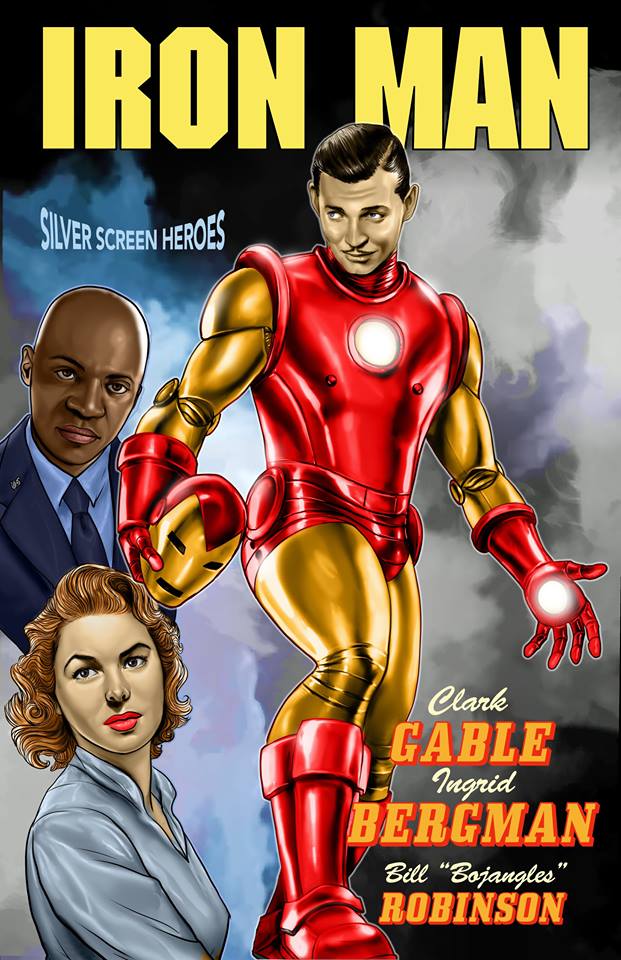Today in Movie Culture: 'Ant-Man' Lego Trailer, 'Jurassic Park' High Heels Edition and More
Here are a bunch of little bites to satisfy your hunger for movie culture:
Trailer Remake of the Day:
This obligatory Lego version of the Ant-Man trailer is a little late, but it’s very well made (via Design Taxi):
[embedded content]
Movie Parody of the Day:
We’re still making fun of the scene in Jurassic World where Bryce Dallas Howard runs in heels. XVP Comedy has added similar footwear to the feet of every character — human and dinosaur — throughout the Jurassic Park series for a new special edition (via A.V. Club):
[embedded content]
Alternate Dimension Movie of the Day:
In another world, maybe Clark Gable could have played Iron Man, though he died three years before the Marvel superhero’s debut. See more posters for comic book movies starring Golden Age movie stars, including Marilyn Monroe, Humphrey Bogart and James Cagney at Comics Alliance.
Fake movie of the day:
In the following Funny or Die video, Clint Howard pitches a new Pippi Longstocking action movie with a superhero angle with Milla Jovovich in the lead:
Vintage Image of the Day:
Orson Welles as Charles Foster Kane in Citizen Kane, which was just named the greatest American film of all time in a BBC critics’ poll. Those reflections represent how many times this movie tops a list like that.

Movie Countdown of the Day:
Oh, there’s Citizen Kane again, on a new counted-down ranking by CineFix of the 10 most beautiful movies of all time:
[embedded content]
Movie Take-Down of the Day:
In honor of Pixels opening this weekend, Honest Trailers flushes the Super Mario Bros. movie down the toilet:
[embedded content]
Cosplay of the Day:
It’s too funny how much this guy looks exacty like Hiccup from How to Train Your Dragon compared to how little this girl looks like Toothless (via Fashionably Geek):

Fan Build of the Day:
While you wait to buy your own Lexus brand hoverboard, you can build your own replica of the Mattel hoverboard from Back to the Future Part II by following this instructional video from the DIY Pro Shop (via Geek Tyrant):
[embedded content]
Classic Trailer or the Day:
Today is Robin Williams‘s birthday, and he would have been 64 had he not died last year. The occasion is made sadder when you note the song used in the original trailer for The World According to Garp, which opened this week 23 years ago.
[embedded content]
Send tips or follow us via Twitter:
and
This entry passed through the Full-Text RSS service – if this is your content and you’re reading it on someone else’s site, please read the FAQ at fivefilters.org/content-only/faq.php#publishers.



 Cable Movies On Demand: Same-day-as-disc releases, older titles and pretheatrical exclusives for rent, priced from $3-$10, in 24- or 48-hour periods
Cable Movies On Demand: Same-day-as-disc releases, older titles and pretheatrical exclusives for rent, priced from $3-$10, in 24- or 48-hour periods





